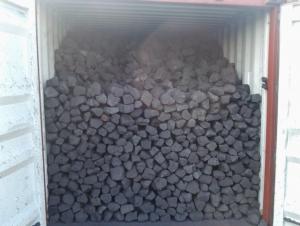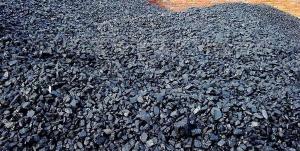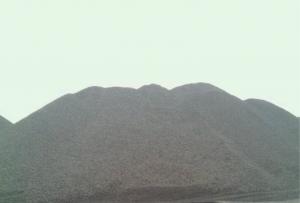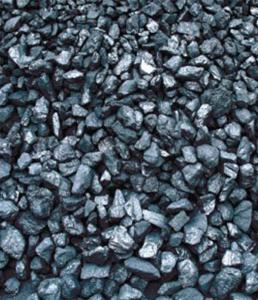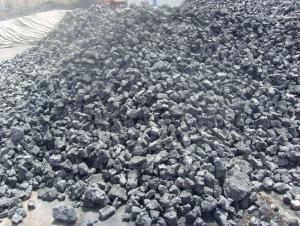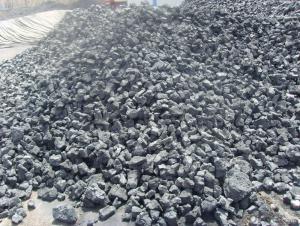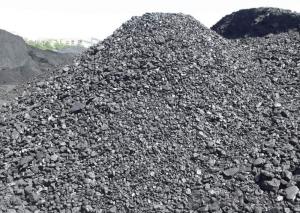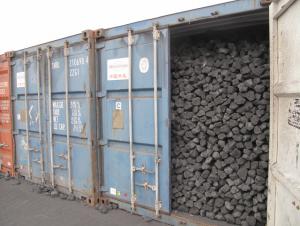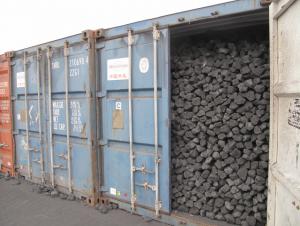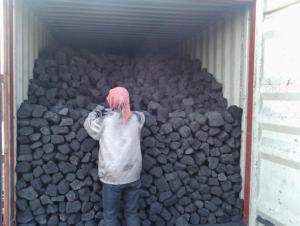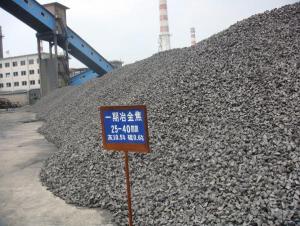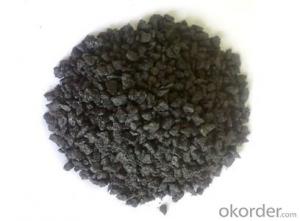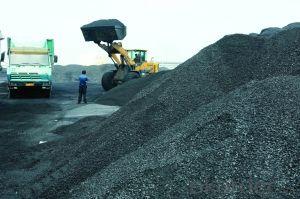Met Coke of 30 ---- 80 mm
- Loading Port:
- Tianjin
- Payment Terms:
- TT OR LC
- Min Order Qty:
- 100 m.t.
- Supply Capability:
- 3000 m.t./month
OKorder Service Pledge
OKorder Financial Service
You Might Also Like
1. Structure of Met Coke of 30 ---- 80 mm Description:
Coke is a hard texture, with carbon as the main component of irregular porous body, with cracks and defects in silver. The true density is 1.8 ~ 1.95 g/cm3, bulk density is 400 ~ 500 kg/m3, the porosity of 35% ~ 35%,.Coke all vertical and horizontal crack can be seen with the naked eye observation. The vertical and horizontal crack along the thick break, still is focal piece containing micro cracks.
Coke production of coking coal (coking coal), also known as metallurgical coal, belongs to the bituminous coal or sub-bituminous coal. Or use the various ratio of coal blend coking. Coking coal in the coke oven is isolated from oxygen after 1000 ° C carbonization is volatile component has been removing, the rest of the solid matter or coke. With the need of ironmaking as little as possible of sulphur, phosphorus pests, so should choose low sulfur, low phosphorus of coking coal.
2. Main Features of the Met Coke of 30 ---- 80 mm :
• Quality assurance
• Mutual benefit
• Preferential price
• Various choice
3. Met Coke of 30 ---- 80 mm Images:
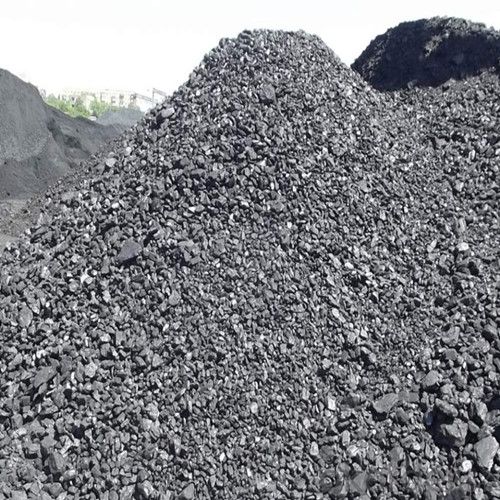
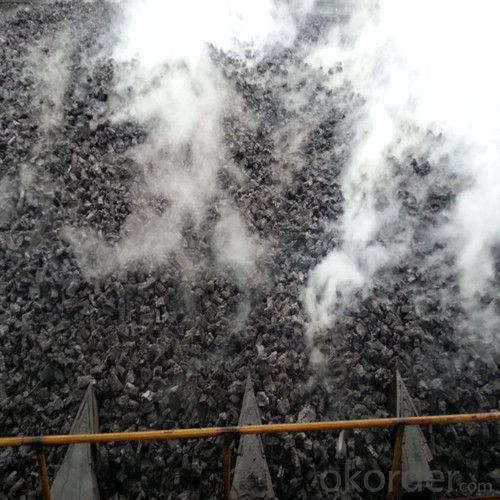
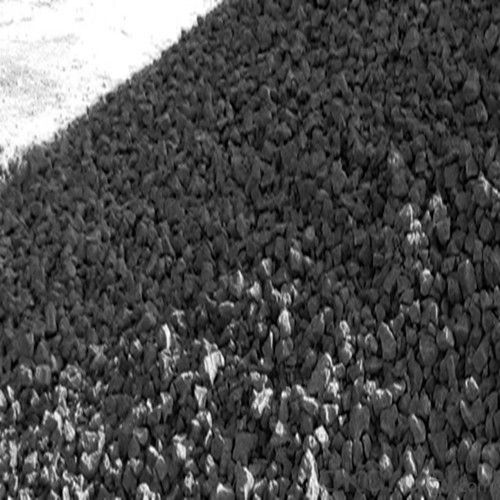
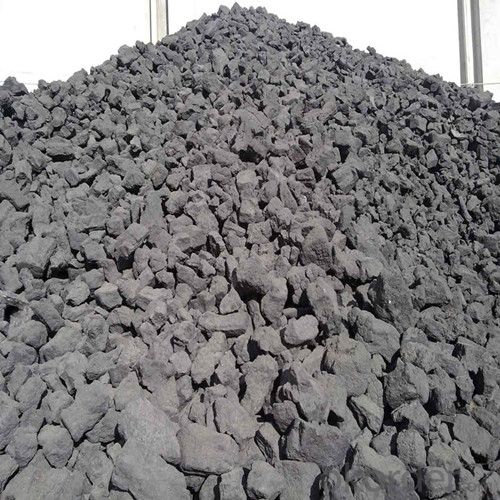
4. Met Coke of 30 ---- 80 mm Specification:
Parameters | Guarantee | Rejection |
Total Moisture ( As received basis ) | 5% max | |
Ash ( dry basis ) | 12.5% max | > 13.5% |
Volatile Matter (dry basis ) | 1.5% max | > 1.8% |
Sulphur ( dry basis ) | 0.65% max | > 0.75% |
Phosphorus ( dry basis ) | 0.035% max | > 0.045% |
M10 | 8% max | > 10% |
M40 | 82% min | <80% |
CSR | 62% min | <60% |
CRI | 28% max | > 30% |
Size 30-80 mm | 90% min | |
+80 mm | 5% max | > 8% |
-30mm | 5% max | >8% |
5. FAQ
We have organized several common questions for our clients,may help you sincerely:
1) Main type
Metallurgical coke is blast furnace coke, coke, iron alloy and nonferrous metal smelting with coke. As more than 90% of the metallurgical coke for blast furnace ironmaking, so often called the blast furnace coke metallurgical coke.
Foundry coke is dedicated to cupola molten iron. Coke is the main fuel of cupola molten iron. Its role is hot metal melting furnace charge and overheating, support stock column maintain its good air permeability. As a result, coke blocks should have large, low reactivity, low porosity, with sufficient impact crushing strength, ash content and low sulfur content.
2) Application of coke
• Used for blast furnace ironmaking and used for copper, lead, zinc, titanium, antimony, mercury
• Other non-ferrous metal smelting of blast furnace,
• Reducing agent, compound
• The function of stock column frame.
3) The history of coke
From around the world, the coking coal resources are scarce, it is the precious resources must be protected, so has been seldom used coking coal coking alone. In China, the first kind of typical coal coking coal with hebei feng feng coal mine, shanxi gujiao cetrimonium, heilongjiang drops of jixi, anhui huaibei zhangzhuang and dabao top-coal panzhihua in sichuan province.The second category of typical coal coking coal have jilin tonghua iron works and the Inner Mongolia baotou beach ditch coal.Benxi, northeast China hebei tangshan, jingxing, shandong xinwen, etc., are all famous origin of coking coal.
- Q:How coal is turned into coke in the coking chamber
- The kiln chamber wall set to continue burning, and some heat incoming kiln (indirect heating). High temperature gas flow (800 DEG C, is mixed with coal pyrolysis, chemical products into the fabric of unburned.
- Q:What are the requirements for coke and other accounts?
- Coke futures margin is about 10% or so is quoted at $1169 per ton, trading units of 100 tons per hand, so do a coke about $11690.
- Q:What does Coke test index M25 mean?
- The index of pore structure is mainly expressed by the porosity rate (the percentage of the total volume of coke), which affects the reactivity and strength of coke. Different uses of different coke porosity index requirements, the general requirements of metallurgical coke porosity in the 40 ~ 45%, 35 ~ 40% in coke, coke export demand in about 30%. Coke crack degree and the porosity level, and the coking coal has a direct relationship, such as coal based coke refining, crack, high porosity, low strength; with coal as the foundation of the coal refining coke crack less, low porosity and high strength. The strength of coke is usually represented by two indices of crushing strength and abrasion resistance
- Q:I see that there are metallurgical coke and coke on the Internet, what is the difference between them (I hope to be able to say in detail) and a level of two points, how is this going on?.. Where is the quality of coke in China? Hunan good coke plant which? Although the problem is a little bit more, I hope that insiders can give some useful information. Extremely grateful.
- The following indexes: Metallurgical Coke metallurgical coke: fixed carbon, 86%; calorific value 7300cal/kg; ash < 12%; volatile < 1.9%; all 5% "0.6%" water; sulfur; two metallurgical coke: fixed carbon 84.5-85%; calorific value 7000cal/kg; ash < 13.5%; volatile "1.9% full" water; 6%; "three sulfur 0.7%; metallurgical coke: fixed carbon 83-84.5%; calorific value 6500cal/kg; ash < 15%; volatile < 1.9%; all 6%" 1% "water; sulfur;
- Q:The chemical composition of coke is m10.m25
- Quality index of cokeThe quality index of coke coke [] is a solid product of high temperature carbonization, the main ingredient is carbon, is the pore structure has a crack and irregular (or pore porous). The crack number directly affects the coke strength and crushing strength, the index of general degree (refer to how to crack crack length unit the volume of coke in the measure.) to measure the pore structure of the main indicators for the porosity (coke pore volume only percentage of the total volume) that it affects the coke reactivity and strength
- Q:What is the reasonable ratio of coal to coke
- According to the proportion of each unit type, different operation, different existing coal and different coke quality requirements are different and so on, can be said to suggest that the landlord can look at the altar of the myriads of changes, in some aspects of the coal blending, grasp some general principles, and then develop the proportion according to the actual situation.
- Q:What are the uses of these early industrial iron and steel? Any difference?What kind of carbon do we eat in the middle of a long strip of carbon?
- Coke:The utility model is mainly used for blast furnace ironmaking and smelting of blast furnace for non-ferrous metals such as copper, lead, zinc, titanium, antimony, mercury, etc.. The use of coke instead of charcoal in the blast furnace has laid the foundation for the large-scale development of modern blast furnaces and is a major milestone in the history of metallurgy. In order to achieve better technical and economic indexes of blast furnace operation, the coke (metallurgical coke) must have proper chemical and physical properties. In addition to a large number of coke used in iron smelting and non-ferrous metal smelting (metallurgical coke), but also for casting, chemical, calcium carbide and iron alloy, the quality requirements are different. Such as foundry coke, generally require large size, low porosity, high fixed carbon and low sulfur; chemical gasification, strict requirements for strength, but requires good response, high ash melting point; calcium carbide and coke production requirements to improve the fixed carbon content.
- Q:How to determine the maturity of coke or not?
- The sulfur content of coke: refers to the percentage of sulfur content in coke. Sulfur is one of the harmful impurities in pig iron smelting. The sulfur content in the pig iron is more than 0.07%. 82.5% of the sulfur from blast furnace charge into the furnace comes from coke, so coke is the main source of sulfur. Sulfur content in coke directly affects the production of blast furnace. When the sulfur content in coke is greater than 1.6%, sulfur increased 0.1%, the amount of coke increased 1.8%, limestone amount increased by 3.7%, with the increasing of the amount of ore 0.3%, blast furnace production decreased 1.5 - 2%.
- Q:What are the criteria for coke classification and how to distinguish between primary and two grade coke?
- 4, coke in volatile coke: according to the volatile content of coke can determine maturity. Such as volatile than 1.5%, said coke; volatile matter less than 0.5 - 0.7%, said too much, generally mature metallurgical coke volatile is about 1%.5, the moisture in the coke: water fluctuation will make coke measurement is not allowed, thus causing the furnace condition fluctuation. In addition, coke moisture will increase the M04 high, M10 low, to the drum index error6, coke screening composition: grain size of coke in blast furnace smelting. It is very important to China in the past, coke size requirements: on the coke oven (1300 - 2000 square meters) of coke particle size greater than 40 mm; medium and small blast furnace coke particle size greater than 25 mm. But some mills tests show that the coke 40 - 25 mm in size as well. More than 80 mm coke to whole, little change in its size range. So the coke size uniform, large gap, small resistance, the furnace is running well.
- Q:What's the difference between coke and coke?
- Higher than 550 DEG C, semi coke continues to decompose, precipitation of the remaining volatiles (the main component is hydrogen), semi coke weight loss at the same time contraction, the formation of cracks; temperature above the temperature of 800 degrees, the volume of semi coke hardens to form porous coke!
1. Manufacturer Overview |
|
|---|---|
| Location | |
| Year Established | |
| Annual Output Value | |
| Main Markets | |
| Company Certifications | |
2. Manufacturer Certificates |
|
|---|---|
| a) Certification Name | |
| Range | |
| Reference | |
| Validity Period | |
3. Manufacturer Capability |
|
|---|---|
| a)Trade Capacity | |
| Nearest Port | |
| Export Percentage | |
| No.of Employees in Trade Department | |
| Language Spoken: | |
| b)Factory Information | |
| Factory Size: | |
| No. of Production Lines | |
| Contract Manufacturing | |
| Product Price Range | |
Send your message to us
Met Coke of 30 ---- 80 mm
- Loading Port:
- Tianjin
- Payment Terms:
- TT OR LC
- Min Order Qty:
- 100 m.t.
- Supply Capability:
- 3000 m.t./month
OKorder Service Pledge
OKorder Financial Service
Similar products
New products
Hot products
Related keywords





